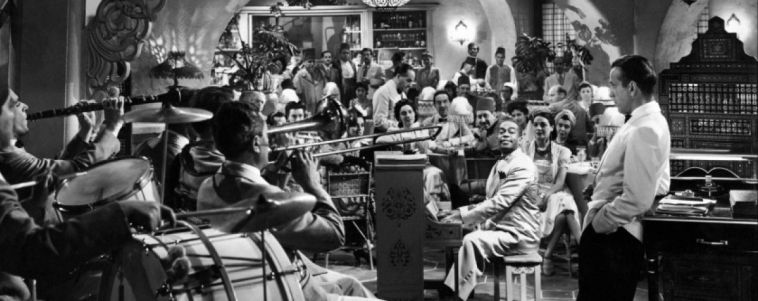Is there a more potent symbol in American mythology than
that of the witch? Though an export of the old world, the witch is also a symbol
of modernity – a frightening sort of progressiveness. For potions and spells read medicine and
psychology; healing and hysteria. In Robert Eggers’ The Witch, however, they are also
the baby-killing devil worshippers of lore, but, in the context of the 17th Century
wilderness the film conjures up, even this is almost condonable.
The initial folly here lies with William (Ralph Ineson), a
fervent Puritan whose “prideful conceit” leads to him and his family being
banished from a New England plantation. Having already travelled across the sea,
William, his pregnant wife Katherine (Kate Dickie), eldest son Caleb (Harvey
Scrimshaw), daughter Thomasin (the first credited film role of Anya
Taylor-Joy), and inherently creepy fraternal twins Jonas and Mercy journey out
into the countryside to eke out of a living off the land.
Instead of purity, however, they find only hardship – crops die, animals escape traps – and misery to test even the hardiest of faith. If mankind is born into sin as William, not unkindly, contends then amid the foreboding placidity of black spindly trees, away from civilization, they takes salvation or damnation in their own hands.
The Witch eschews simple scares in favour of disquietment and a genuine sense of spiritual dread; Jarin Blaschke’s stark, all-natural lighting and Mark Korven’s score – unsettling ambience rising suddenly into a howling chorus – effectively see to that. Subtitled ‘A New England Folk Tale’, the film shows what happens when ordinary, decent people go up against the implacable forces of darkness.
Instead of purity, however, they find only hardship – crops die, animals escape traps – and misery to test even the hardiest of faith. If mankind is born into sin as William, not unkindly, contends then amid the foreboding placidity of black spindly trees, away from civilization, they takes salvation or damnation in their own hands.
The Witch eschews simple scares in favour of disquietment and a genuine sense of spiritual dread; Jarin Blaschke’s stark, all-natural lighting and Mark Korven’s score – unsettling ambience rising suddenly into a howling chorus – effectively see to that. Subtitled ‘A New England Folk Tale’, the film shows what happens when ordinary, decent people go up against the implacable forces of darkness.
In the
face of evil a father’s weakness in telling his wife a hard truth, a son’s
awakening sexuality, their mother’s grief-stricken piety, a daughter’s rashness
of speech – all spell doom. The film isn’t simply an eerie meditation on man’s
uncertain place in the universe. There’s also a yellow-eyed, twitchy-nosed
rabbit that makes the one in Monty Python and The Holy Grail look like a
timorous wee beastie and the film as a whole beats out The Revenant in the “Fuck
Nature” stakes.
Ineson is a gruff, compelling presence while Dickie presents
the acute image of a woman desperately longing to return to her former nature
and relative state of grace (even if, alongside Game of Thrones, there’s a
recurring motif of deeply ill-advised breast feeding.) While Scrimshaw’s Caleb is an
innocent led astray, its Thomasin’s pale, unspoken – likely unrealised – anger that, more than red-lipped temptresses or Goya-esque crones, gets at the film’s dark, corruptible
heart.
If a new-born baby has no guarantee of entry into Heaven, how – and why – should man – or woman – withstand corruption? The plantation, with its almost comical clusters of blank-faced, identically dressed Puritans staring in judgment, may offer safety and security, but there is no hope of liberation within its walls or dogma.
If a new-born baby has no guarantee of entry into Heaven, how – and why – should man – or woman – withstand corruption? The plantation, with its almost comical clusters of blank-faced, identically dressed Puritans staring in judgment, may offer safety and security, but there is no hope of liberation within its walls or dogma.
Though it’s unlikely to win any modern-day converts to the Satanic
Temple (though the group has since endorsed the film), The Witch stands alongside
the likes of Ben Wheatley’s A Field in England - if only for the language and setting - and Ingmar Bergman’s Cries and
Whispers as an eerie study of human suffering and the absence of God. Stalking
the periphery of the horror genre, the film is a theologic nightmare that will
get under your skin and, just possibly, that bit deeper.


No comments:
Post a Comment